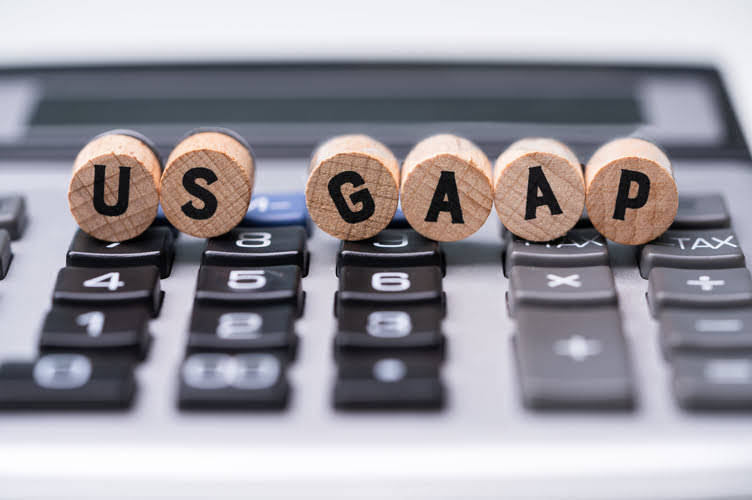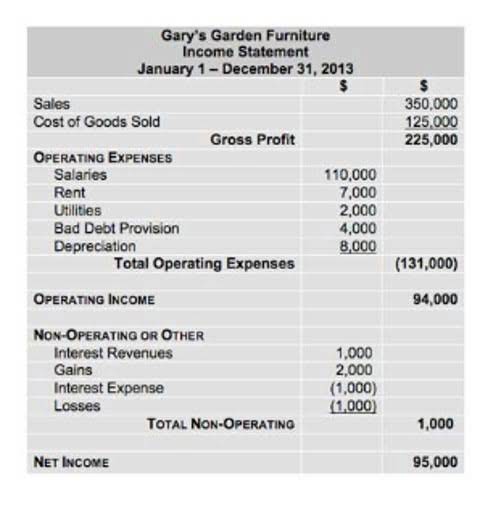
By following these best practices, businesses can ensure that their purchase records are an accurate reflection of their financial transactions, leading to better decision-making and financial health. Remember, the goal is not just to keep records but to maintain records that add value to the business. Reconciliation strengthens supplier relationships by resolving discrepancies swiftly.
What is the difference between purchase ledger and sales ledger?
- It serves as a detailed record of all amounts owed to suppliers, vendors, and creditors for goods or services purchased on credit terms.
- The accounts payable subsidiary ledger does not form part of the double entry bookkeeping process.
- The seamless connection of purchase ledger systems with other business software creates a unified platform for data management.
- Effective communication with suppliers is essential to clarify any discrepancies and resolve issues promptly.
- Since no detailed transactions are stored in the control account, anyone wanting to research purchase transactions will have to drill down from the control account to the purchase ledger to find them.
- Reconciliation strengthens supplier relationships by resolving discrepancies swiftly.
- Automation minimizes manual errors, enhancing the accuracy of financial reporting.
Let purchase ledger us imagine that a business has received an invoice from a supplier, for the purchase of cleaning products. The goods are worth £100 with VAT charged amounting to £120, giving a total gross invoice price of £120. Double Entry Bookkeeping is here to provide you with free online information to help you learn and understand bookkeeping and introductory accounting. Chartered accountant Michael Brown is the founder and CEO of Double Entry Bookkeeping.

Demystifying Company Accounts: The Role of Sales Ledger, Purchase Ledger, Nominal Ledger, and Cashbook

By maintaining accurate records of outstanding invoices, businesses can easily identify their current liabilities and plan their cash flow accordingly. This helps in avoiding late payment penalties and maintaining a positive reputation with suppliers. This digital system facilitates efficient management and tracking of all purchase transactions, ensuring accuracy and transparency. The purchase ledger plays a pivotal role in the procurement process, acting as the financial heartbeat that ensures the smooth operation of all purchasing activities.
How to Make Business Account Ledger in Excel?
From tracking business expenses to analyzing gym bookkeeping supplier performance, a purchase ledger can help improve your organization’s financial management and accuracy in reporting. Let’s dive in and discover how this tool can streamline your accounting processes. Your purchase ledger is going to have an account for each supplier or vendor that you work with. These will include purchase invoices, purchase credit notes and any payments that have been made.

Therefore, the supplier has to receive those goods back and make the subsequent entry normal balance in their accounts and ledgers to ensure that they can maximize the overall returns. It records purchases specifically made with suppliers and shows which ones have been paid and which are still outstanding. Control accounts are mainly used to help identify errors in the subsidiary ledgers, but the use of them gives a business a number of additional advantages. Thus, Purchase Ledger Control Account is credited if its balance increases & debited if its balance decreases.
- A purchase ledger is a financial record that tracks all purchases made by a company, including invoices and payments.
- Meanwhile, advancements in cybersecurity, particularly through blockchain, offer robust protection against fraud and data breaches.
- The accounts payable control account or purchases ledger control account, is an account maintained in the general ledger used to record summary transactions relating to accounts payable.
- In this example, the business uses a cash control account in the general ledger, and the cash book does not form part of the double entry system, and is simply a listing of the cash payments.
- It ensures accurate recording of all purchase transactions, helps maintain good supplier relationships, and provides essential data for financial management and reporting.
- This process supports strong supplier relationships by ensuring timely payments, which can improve the terms of future transactions.
Yes, by analyzing the data in a purchase ledger, a company can identify areas where they can potentially reduce costs, such as negotiating better terms with suppliers. A purchase ledger tracks all purchases made by a company, while a sales ledger tracks all sales made by a company. Efficient financial management facilitated by the purchase ledger includes meticulous expense tracking, detailed financial analysis, and continuous financial monitoring for optimal decision-making. Analyzing supplier performance through the purchase ledger involves conducting financial analysis, monitoring transactional data, and generating detailed financial reports for vendor assessment. By integrating these technological advancements, companies can not only enhance the efficiency of their purchase ledger but also gain strategic insights that drive better procurement decisions. As technology continues to evolve, it’s clear that the purchase ledger will become increasingly sophisticated, further empowering businesses to manage their procurement processes with precision and agility.

Neueste Kommentare